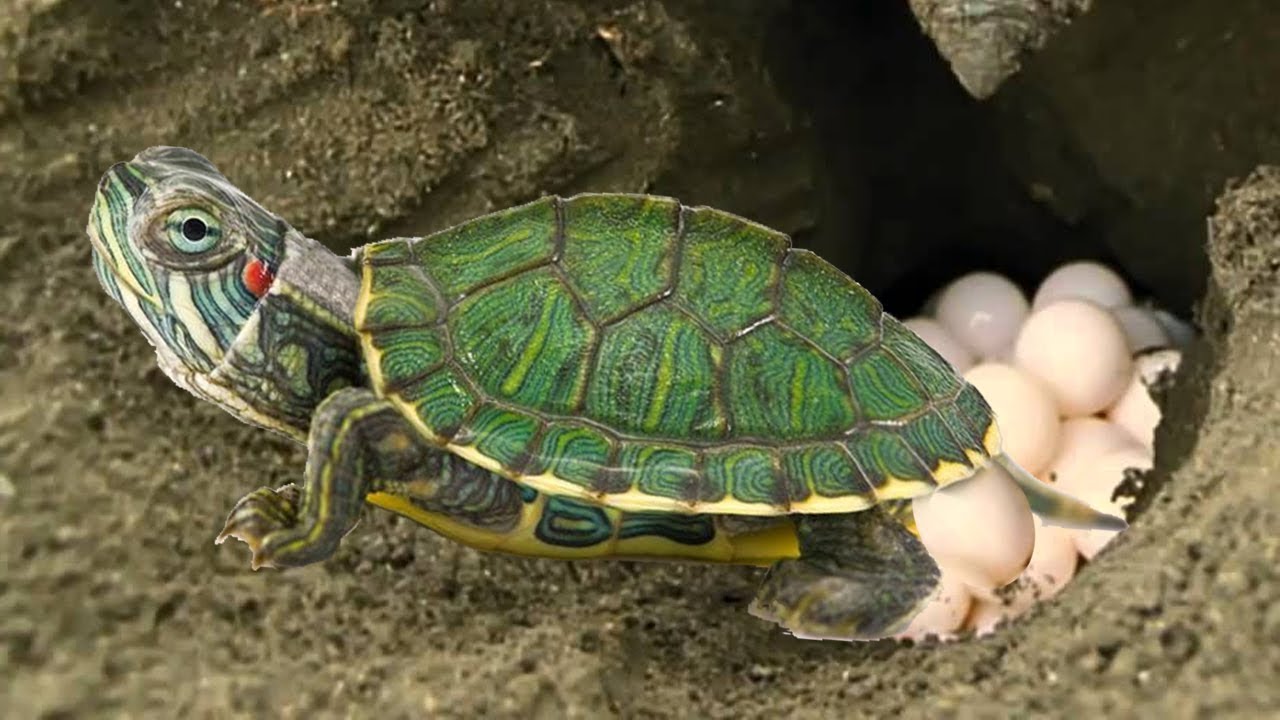Red-eared slider egg incubation requires consistent temperature and humidity levels to ensure successful hatching. To achieve this, you need to have the right equipment and follow specific guidelines.
In this article, we’ll dive deeper into the details of red-eared slider egg incubation and explore the steps you need to take for successful hatchings. The process of incubating red-eared slider eggs is a critical one for reptile enthusiasts and breeders.
These animals are commonly kept as pets, and many people enjoy the process of breeding them. However, it’s essential to know how to properly incubate their eggs to ensure the health and survival of the hatchlings. In this article, we’ll discuss how to set up an incubation environment, the ideal temperature and humidity levels, and how to care for the eggs during the incubation period. Additionally, we’ll cover common issues that may arise during the process and how to avoid them. By following these guidelines, you can increase the chances of successful red-eared slider egg incubation.

Credit: pubnavigator.com
Frequently Asked Questions Of Red Eared Slider Egg Incubation
What Is Red Eared Slider Egg Incubation?
Red eared slider egg incubation refers to the process of preserving turtle eggs, providing optimal conditions for hatching.
How Do You Make An Incubator For Red Eared Slider Eggs?
You can create an incubator for red eared slider eggs using an airtight container, a substrate, a heat source, and a hygrometer.
Why Do You Need To Incubate Red Eared Slider Eggs?
Red eared slider eggs need to be incubated to ensure optimal hatching conditions, providing the correct temperature, humidity and oxygen levels.
How Long Does It Take For Red Eared Slider Eggs To Hatch?
Red eared slider eggs take an average of 60-80 days to hatch after being laid, depending on factors such as temperature and humidity.
What Should You Feed The Hatchlings?
Hatchlings can be fed with a variety of commercial turtle food, small live aquatic animals such as brine shrimp or bloodworms, and small pieces of leafy greens. It is essential to provide them with a balanced diet.
Conclusion
After incubating red eared slider eggs, it is important to closely monitor the hatchlings and provide them with the proper care they need. These delicate creatures rely on their environment for survival, and their needs will change as they grow.
By sticking to a strict feeding and lighting schedule, as well as regularly cleaning their tank, your turtles are sure to thrive. It is also crucial to ensure that your hatchlings are kept in a suitable habitat with proper water temperature and filtration.
With proper care and attention, these tiny turtles can grow to be happy and healthy adults for many years to come. So, if you’re considering hatching red eared sliders, remember to carefully plan out their incubation and be prepared to provide them with the care they need to thrive.






Leave a Reply